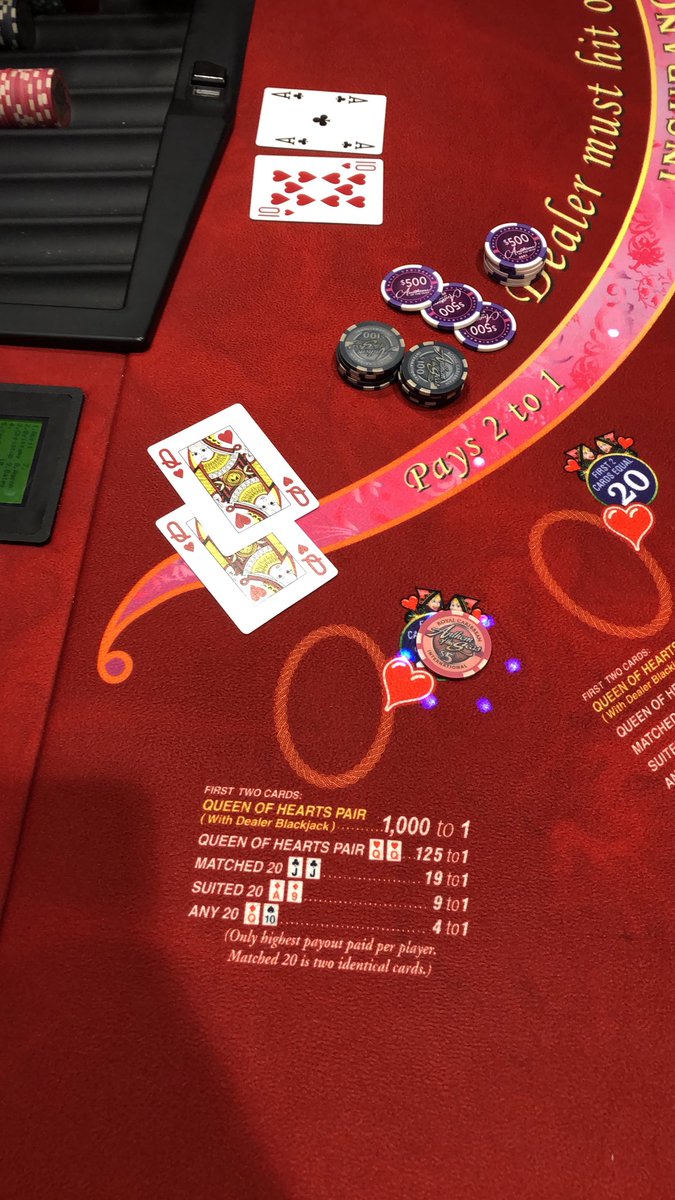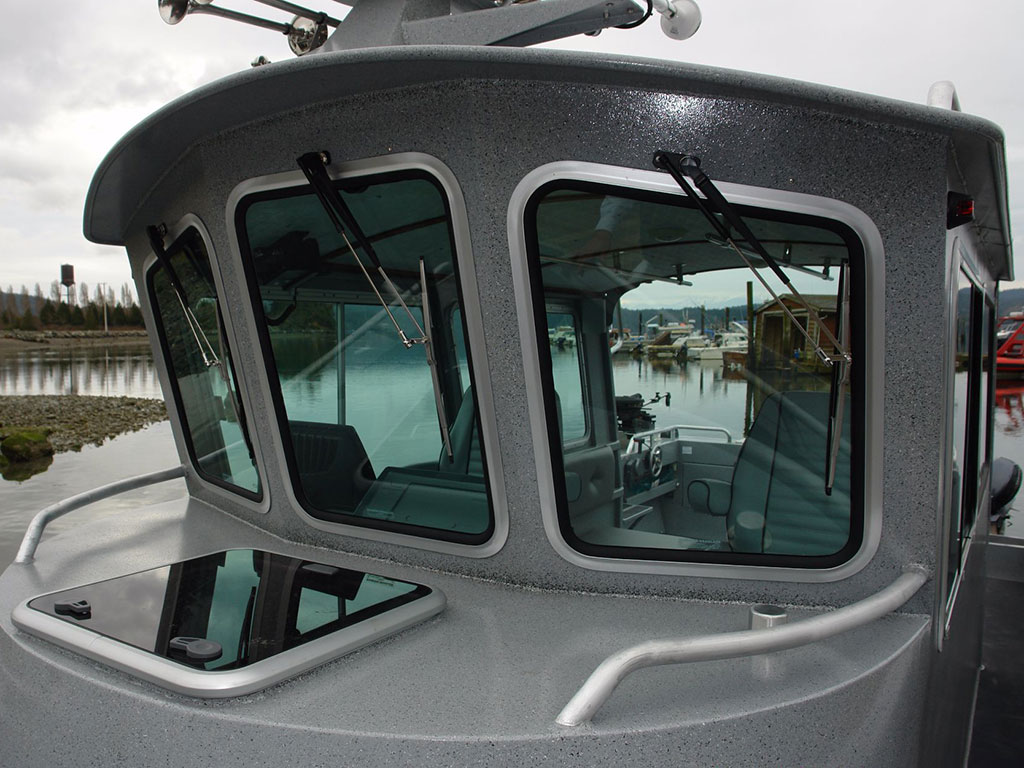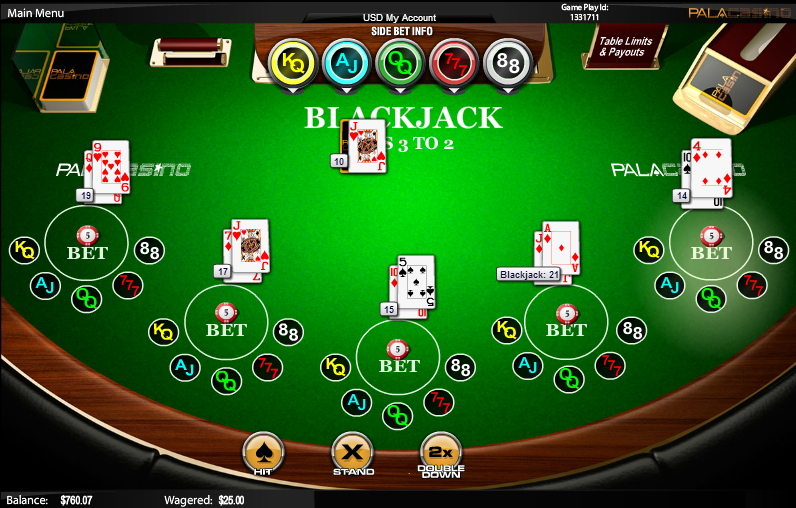It is played with eight decks and its most apparent rule addition is Late Surrender, a great way to decrease the house edge. The house edge of Atlantic City Blackjack is 0,35% which is pretty decent especially if compared to the other variants. Late Surrender is available after the dealer checked for a blackjack. I did calculations on this and other side bets awhile back, and although I don't remember the house edge on this specific bet, most side bets carry a 3-7% house edge. I also recall that the true count (using HiLo) has to be around +12 or Match the Dealer' bet. Here are analyses of dealer match (Match the Dealer) and 20s (Royal 20's - Wizard of Odds). A good rule of thumb is that if a side bet pays frequently, like dealer match, the casino will take a 3% to 5% edge. For longshot bets like 20s, the casino will take about a 20% edge. The ways for 1 non suited match is 24 × 384. And the ways for no matches is 384 × 383 /2. To find the house edge multiply each of the above numbers by its payout (the payout of no matches is -1.) Then divide the sum by the sum of the above numbers of ways, which should be 415 × 414 / 2.



Blackjack Match The Dealer House Edge Chart


Blackjack Match The Dealer House Edge Chart
Blackjack Match The Dealer House Edge Calculator
The EV is -.04. My question is this, with counting cards can you get an edge over the house with a high positive count (I use Hi-Opt 1)? My logic is as follows, if the count is high both you and the deal have a greater chance of having matching 10 value cards (understandably, a Q and a K are both 10 value cards but wouldn't pay).
Does anyone have any numbers on this? I would love to see an analysis like the lucky ladies analysis Panama Rick did here: http://web.archive.org/web/20030407221336/cardcounter.com/Lucky_Ladies.htm
If all else fails I could try to write the code myself but first I'd see if anyone has done this or if it's worth the time.
Josh